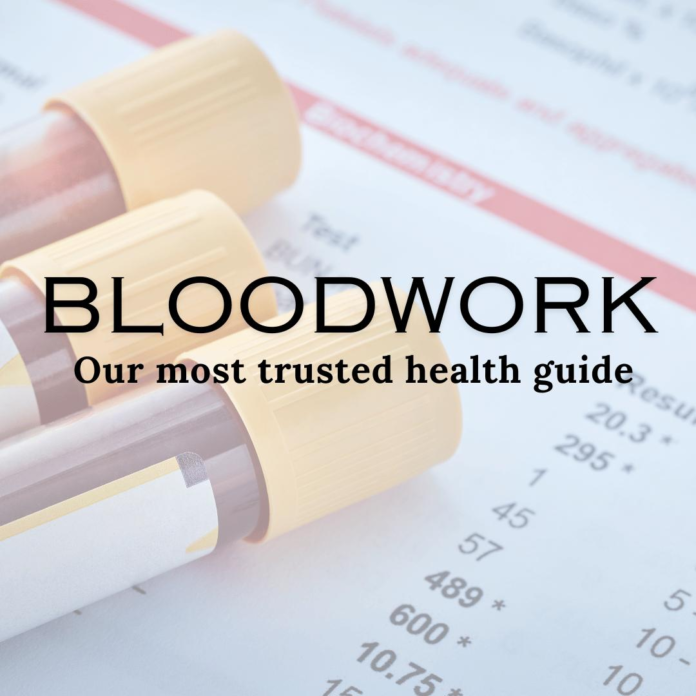
There are many factors to consider when it comes to managing diabetes, and one of the most important is understanding your HbA1c levels. HbA1c, also known as glycated hemoglobin, is a measure of how well your blood sugar levels have been controlled over the past three months. This test is an essential tool for healthcare providers to assess how well a person is managing their diabetes and to make adjustments to their treatment plan if needed.
What is HbA1c?
HbA1c is a form of hemoglobin that is attached to glucose in the blood. When blood sugar levels are high, more glucose binds to hemoglobin, resulting in a higher HbA1c level. The higher the amount of glucose in the blood, the higher the HbA1c level will be. This test gives healthcare providers an average of blood sugar levels over the past three months, as opposed to a snapshot in time with a regular blood sugar test.
Why is HbA1c important?
HbA1c is an essential tool for managing diabetes because it provides a long-term picture of how well blood sugar levels have been controlled. High HbA1c levels indicate that blood sugar levels have been consistently elevated over the past three months, increasing the risk of long-term complications such as heart disease, kidney disease, nerve damage, and vision problems. On the other hand, low HbA1c levels can indicate that a person is experiencing frequent hypoglycemia (low blood sugar), which can also have serious health consequences.
Understanding HbA1c ranges
HbA1c levels are typically measured as a percentage. The American Diabetes Association (ADA) has established the following ranges for HbA1c levels:
– Normal: Less than 5.7%
– Prediabetes: 5.7% to 6.4%
– Diabetes: 6.5% or higher
It’s essential to work with your healthcare provider to determine your target HbA1c range based on your individual health goals and medical history. For most people with diabetes, the goal is to keep HbA1c levels below 7%. However, some individuals may have a different target range based on their age, overall health, and other factors.
How to lower HbA1c levels
If your HbA1c levels are higher than your target range, there are several steps you can take to help lower them:
1. Monitor your blood sugar levels regularly: Checking your blood sugar levels regularly can help you understand how food, physical activity, and medications are affecting your blood sugar levels. This information can help you make informed decisions about your diabetes management plan.
2. Follow a healthy diet: Eating a balanced diet that is low in processed foods, sugar, and unhealthy fats can help you maintain stable blood sugar levels. Focus on eating whole, nutrient-dense foods such as fruits, vegetables, lean proteins, and whole grains.
3. Get regular exercise: Physical activity is essential for managing diabetes and can help improve insulin sensitivity, lower blood sugar levels, and reduce HbA1c levels. Aim for at least 150 minutes of moderate-intensity exercise per week, such as walking, biking, or swimming.
4. Take your medications as prescribed: If you have been prescribed insulin or other diabetes medications, it’s essential to take them as directed by your healthcare provider. Skipping doses or taking medications inconsistently can lead to high blood sugar levels and elevated HbA1c levels.
5. Work with your healthcare team: Your healthcare provider can help you develop a personalized diabetes management plan that takes into account your individual needs and goals. Regular follow-up appointments and monitoring of your HbA1c levels can help you track your progress and make adjustments to your treatment plan as needed.
In conclusion, understanding HbA1c ranges is essential for managing diabetes and reducing the risk of long-term complications. By monitoring your blood sugar levels, following a healthy lifestyle, and working with your healthcare provider, you can take control of your diabetes and improve your overall health and well-being.












